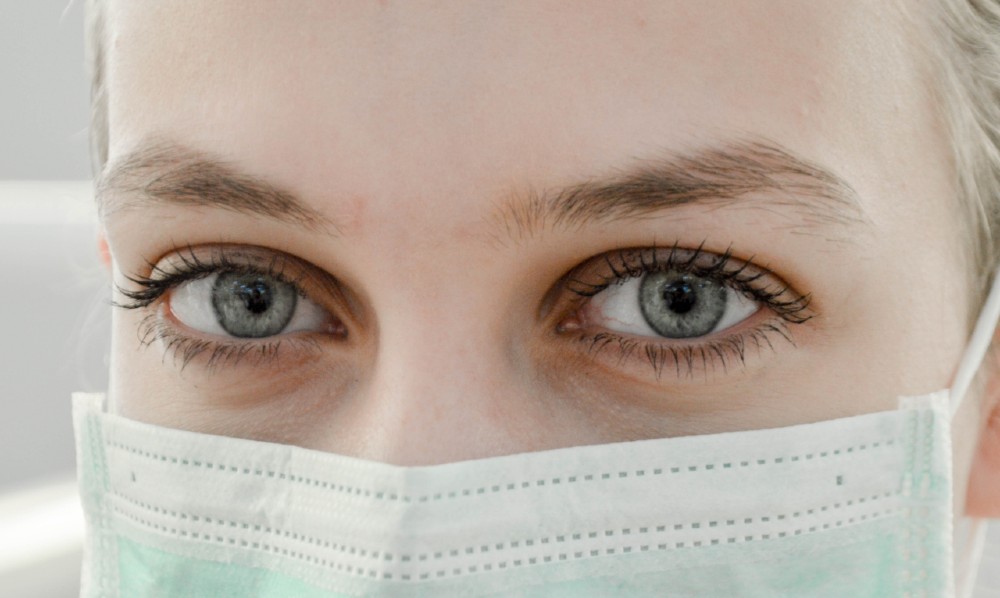We often say that being healthy matters the most, yet we rarely think about it until we need to seek medical help. And while a person in the white coat usually pops in our mind when someone mentions a doctor, we often overlook a silent force essential to the whole healthcare system – nurses.
To be more precise, midwives and nurses make up some 50% of the healthcare workforce and there seems to be a growing demand for this demanding but ultimately one of the most humane jobs out there.
The current situation indicates that Belgium, Netherlands, and the UK are leading in the increased demand for nurses.
Unsurprisingly, when considering gender and nursing, females are predominant as they are also traditionally perceived as primary caregivers in general. America has the highest percentage of female nurses (86%), while in Africa, this gap is the lowest in the world, with 65% percent of female nurses.

When it comes to ratios, Switzerland, Korea, Australia, Norway, and Slovenia have the highest number of nurses per 1,000 inhabitants. In contrast, Luxemburg, Turkey, Greece, Mexico, and the Czech Republic have the lowest number of nurses.
Zooming in on the US alone, the total number of nurses is in the region of 3.22 million, with estimated job growth of 14,8%. Yet, considering the above-mentioned ratios of female vs. male nurses, the gender pay gap is quite high. Male nurses are paid quite a lot higher than females, and the average male salary is $79,688, as opposed to $73,090 for female nurses.
Naturally, there are many types of nurses and those working as an Advanced Practice Registered Nurse (nurses holding either a doctorate or a master’s degree in nursing) are at the top of the pyramid salary-wise.
Considering that nursing is one of the most stressful jobs, it does not come as a surprise that 44% of nurses consider leaving their position. This alarming statistic is even easier to understand because 52% of nurses claim that the shortages of nurses are far worse today than five years ago.
Further detriments are mirrored by the fact that 41% of nurses say they have experienced various workplace violence, bullying, and incivility. And with the shortage of nurses, 41% also report they lack the time they need for their patients.
The already mentioned gender pay gap certainly does not help the matter, at least when it comes to females selecting to enter the nursing profession.
However, regardless of the global shortage of nurses at the moment, current predictions still indicate a growth of 12% from 2018 to 2028.
To find out more information, check out the infographic that follows.